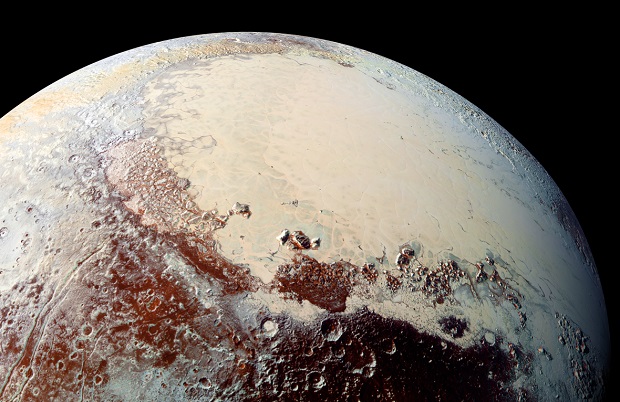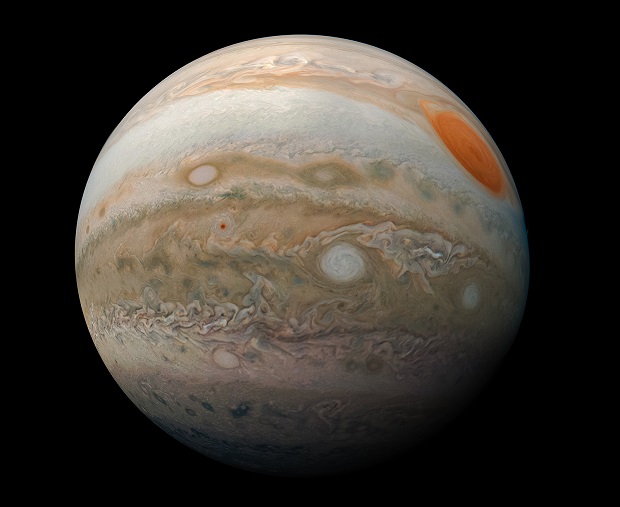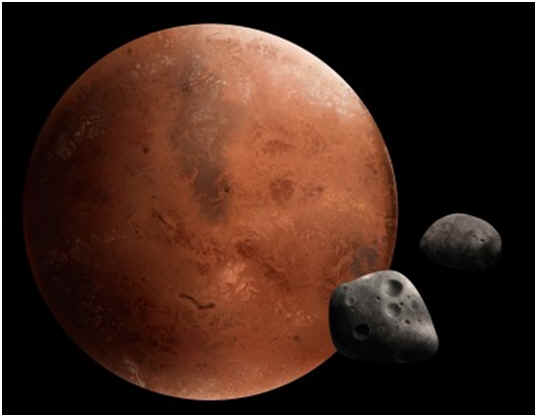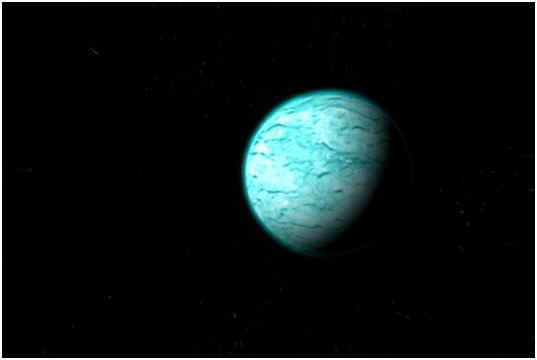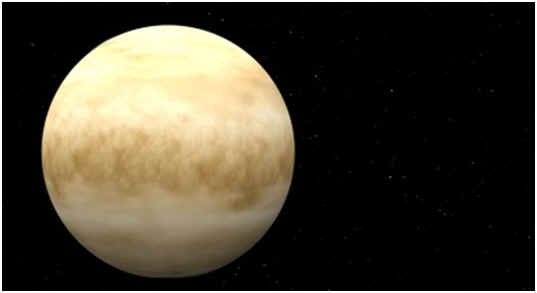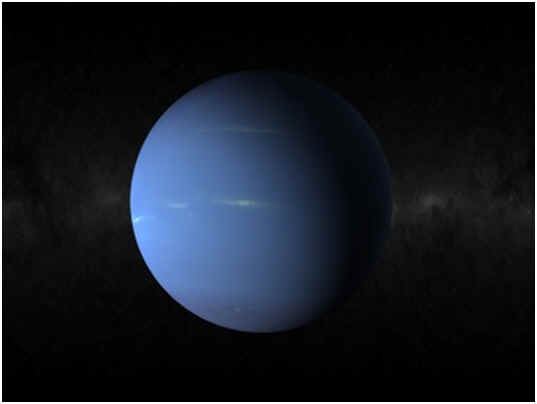
Does Neptune Have a Magnetic Field?
Neptune does have a magnetic field. In fact, it’s about 27 times stronger than Earth’s magnetic field.
Magnetic Field Key to Neptune’s Discovery
If Neptune did not have a magnetic field, it might not have been discovered as early as it was in 1846. Galileo himself first noted the planet two hundred years earlier, but he thought it was a star. However, after the discovery of Uranus and its unusual rotation patterns, French mathematician Urbain Joseph Le Verrier posited that another massive body must be nearby, influencing its orbit. After hearing Le Verrier’s theory, astronomer Johann Gottfried Galle spotted Neptune from the Berlin Observatory in the exact location Le Verrier predicted it would be. [“Neptune” National Geographic]
How Does Neptune’s Magnetic Field Compare to Earth’s?
The magnetic field of Neptune is about 27 times stronger than Earth’s magnetic field. While its solid core is about the size of Earth, Neptune’s surface is covered with water and gases, giving it a volume of 62,525,703,987,421 km3, more than 57 times greater than Earth’s, and a mass of 102,410,000,000,000,000,000,000,000 kg, or about 17 times that of Earth. [“Solar System Exploration: Planets: Neptune: Facts & Figures.” NASA]
More about Neptune
Similar to Uranus, the axis on which Neptune spins is tilted to 47 degrees. Consequently, Neptune’s magnetosphere changes as it rotates. Despite its mass and magnetic field, the surface gravity on Neptune is relatively similar to Earth’s. Neptune’s average temperature of -235 °C, or -391 °F, and atmosphere full of violent, planet-sized storms make it uninhabitable to humans. [“Solar System Exploration: Planets: Neptune: Overview.” NASA Solar System Exploration]
Be sure to check out NASA’s real-time simulated view of Neptune, displaying the planet, moons, and any spacecraft in real-time.
